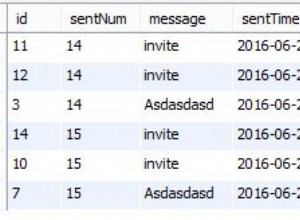A resposta para sua pergunta depende do
SET XACT_ABORT
contexto:Por exemplo, tente o código a seguir. A primeira divisão por 0 gera um erro, mas continua a execução . A segunda divisão por zero gera um erro e interrompe a execução:
begin transaction
set xact_abort off
select 1 / 0 -- causes divide by zero error, but continues
select @@trancount -- returns 1
set xact_abort on
select 1 / 0 -- causes divide by zero error and terminates execution
select @@trancount -- we never get here
rollback
Se XACT_ABORT estiver ON, então os erros irão abortar a transação, e você não precisa de um TRY/CATCH.
Se XACT_ABORT estiver OFF, você precisará verificar o status de cada instrução para ver se ocorreu um erro:
begin transaction
delete from...
if @@error <> 0
begin
if @@trancount > 0
rollback
return
end
insert into...
if @@error <> 0
begin
if @@trancount > 0
rollback
return
end
commit
No entanto, se você encontrar um caso em que precise TRY / CATCH, talvez seja necessário fazer algo especial quando o erro ocorrer. Se sim, não esqueça de TRY / CATCH o tratamento de exceção:
begin transaction
set xact_abort on
begin try
select 1 / 0 -- causes divide by zero error and terminates execution
select @@trancount -- we never get here
commit
end try
begin catch
select xact_state() -- this will be -1 indicating you MUST rollback before doing any other operations
select @@trancount -- this will probably be one, because we haven't ended the transaction yet
if xact_state() <> 0
begin try
select 'rollback'
rollback
-- do something to handle or record the error before leaving the current scope
select 'exception processing here'
--insert into...
end try
begin catch
-- ignore rollback errors
end catch
end catch




